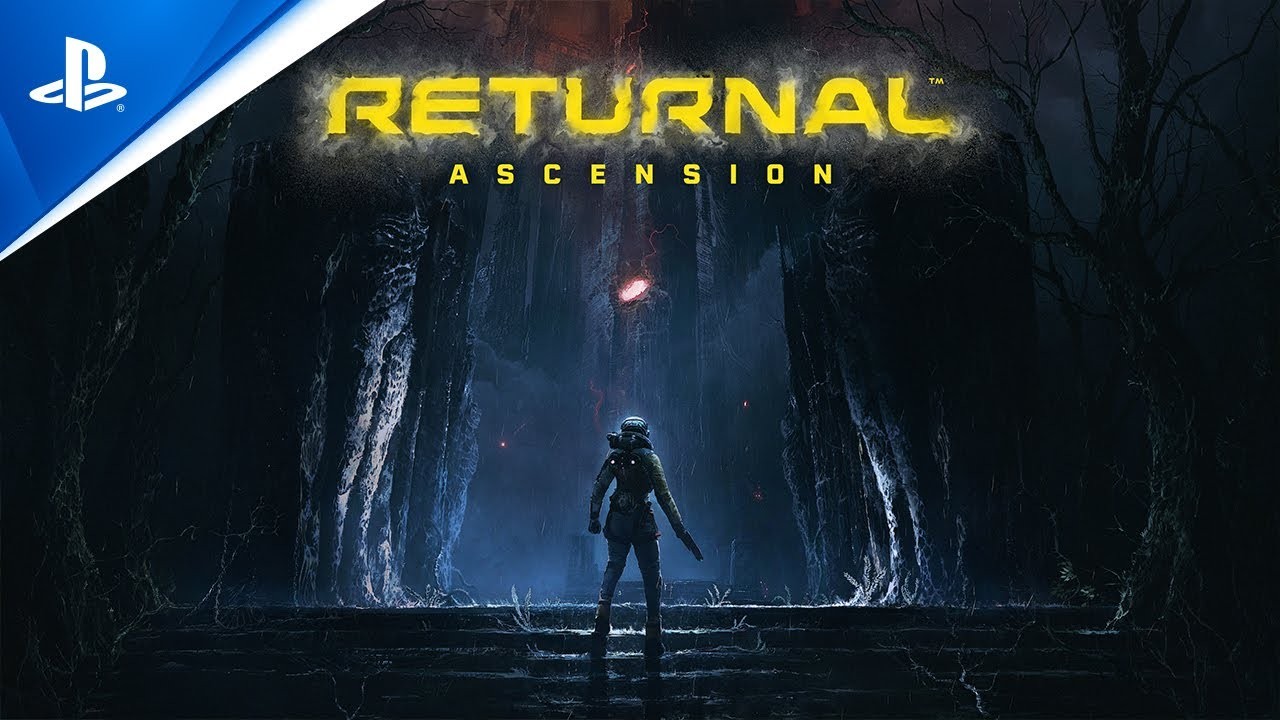“His name was Vasil Vishevani, and he was 28 years old,” said his father, standing in front of the open bell door where six young soldiers presented the just-covered coffin. The flowers.
His son was trying to lay mines around a bridge to stop the Russians from advancing when Grad rockets landed where he was standing, killing him instantly, he said.
“There is no body there, only shrapnel,” explained the man, whose eldest son is also an officer in the Ukrainian army, and is currently stationed near the Belarusian border in northern Ukraine.
Several funeral processions were prepared to head toward the tombs from the Garrison Church of St. Peter and Paul, an imposing 17th-century Baroque building where a religious celebration of three Ukrainian soldiers killed in the fight against Russia had just been celebrated.
Inside the parish, under the gaze of the marble statues, dozens of soldiers and civilians attended the mass. Several young women in camouflage, wearing a red hat, hold bouquets of flowers in their hands.
Six young soldiers, with marble racks, escorting the three coffins, enclosed in tradition, escorted a guard of honor carrying large wooden crosses and a yellow and blue national flag.
Next to Vasyl were Lieutenant Colonel Dmytro Kotenko, 20, and Private Kirilu Moroz, 25. Dressed in a red and gold robe, a Greek Catholic priest, the dominant confession in western Ukraine, waved his censer that left a trail of smoke and the smell of incense, while another devotee sprinkled holy water on the coffin.
Beside him, another priest in a black robe was reciting a prayer: “We accompany you on your last journey, it is a journey to heaven where you will continue to defend us,” he said. “We must thank the fathers of these heroes who joined our defenders in Heaven,” he continued.
Vasil’s mother sang with a small white cloth in her trembling hand, while someone nearby grabbed her by the arm. “Glory to God, glory to Ukraine,” the priest concluded.
Carried by the soldiers, the three coffins circled to the exit to be greeted from outside by three military musicians who played a sad, pocket melody. Her face swollen with tears, and a young woman with long hair, a black crown of cloth on her head in mourning, pressed the image of a young soldier to her chest.
“Why did good people take away from us, why did they take our children from us?” Vasyl’s mother cries, who is going to bury her son in a small village near Lviv.
In the historic Lychakiv cemetery, located in the same city, shots echoed in honor of two of their comrades under the cold winter sun. With their hands on their chests, their comrades finally applauded by the sound of the national anthem.
Slowly, the coffins were buried alongside other modern tombs in this military section of the cemetery. In front of Dmytro Kotenko, a young soldier was meditating before leaving and wiping the tears from his face.

“Hardcore alcohol maven. Hipster-friendly analyst. Introvert. Devoted social media advocate.”

